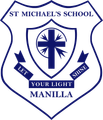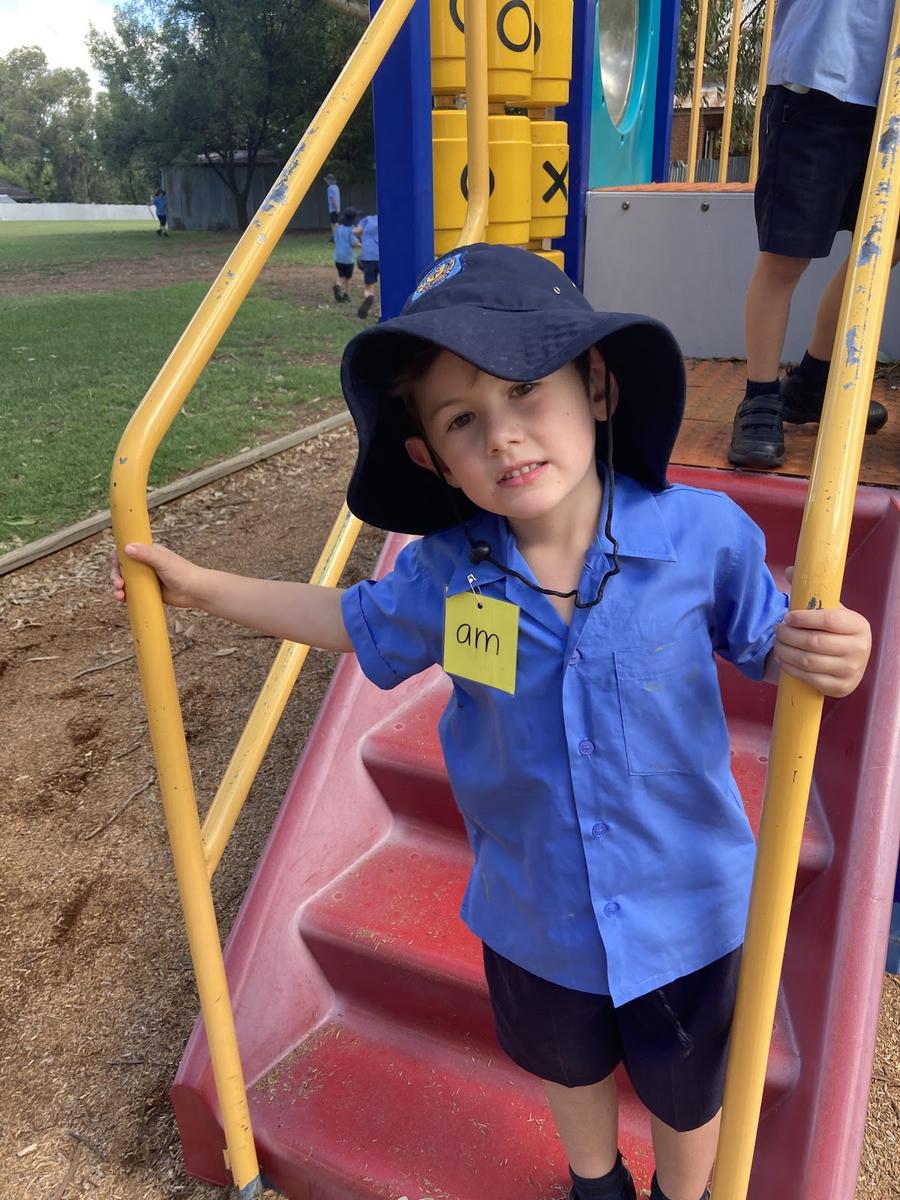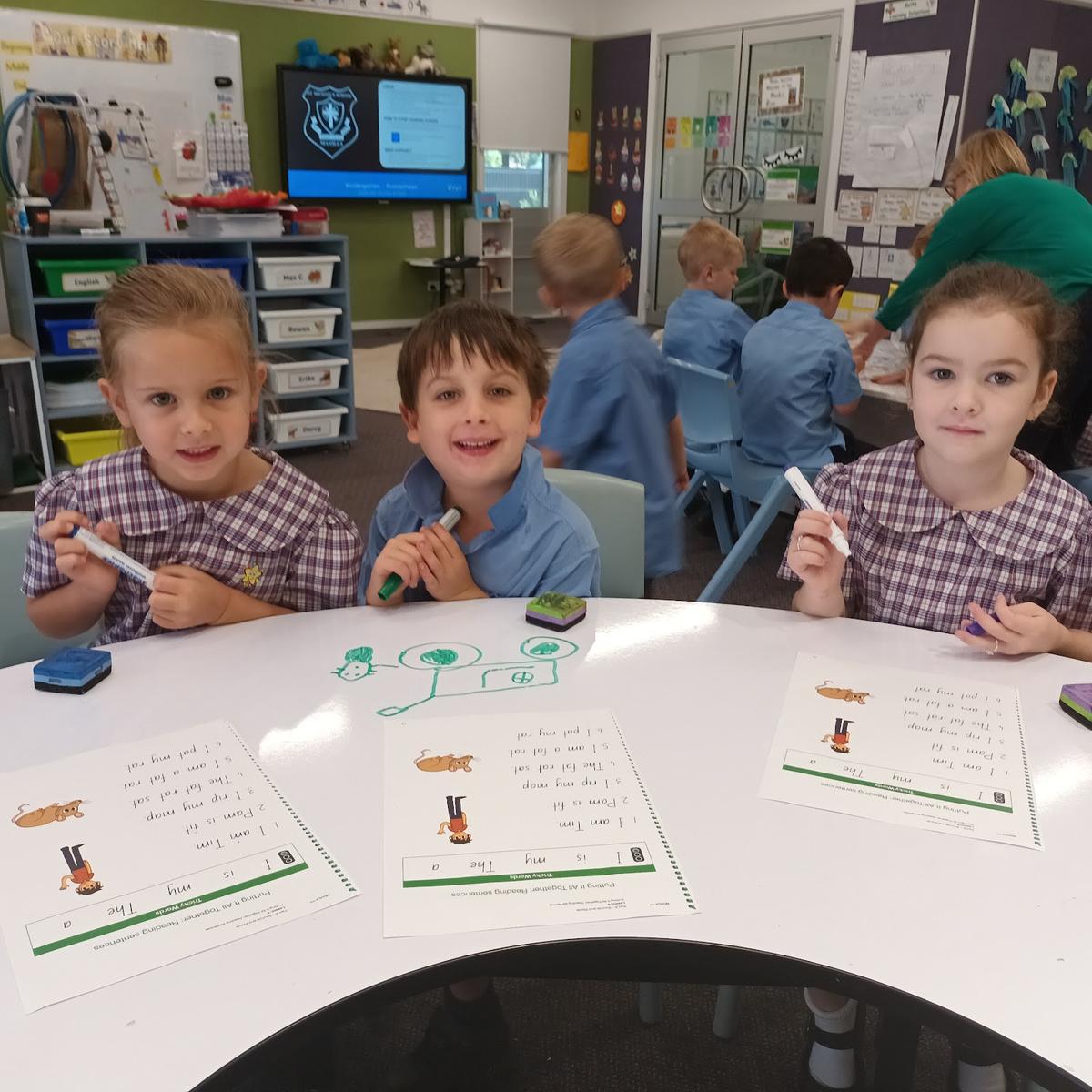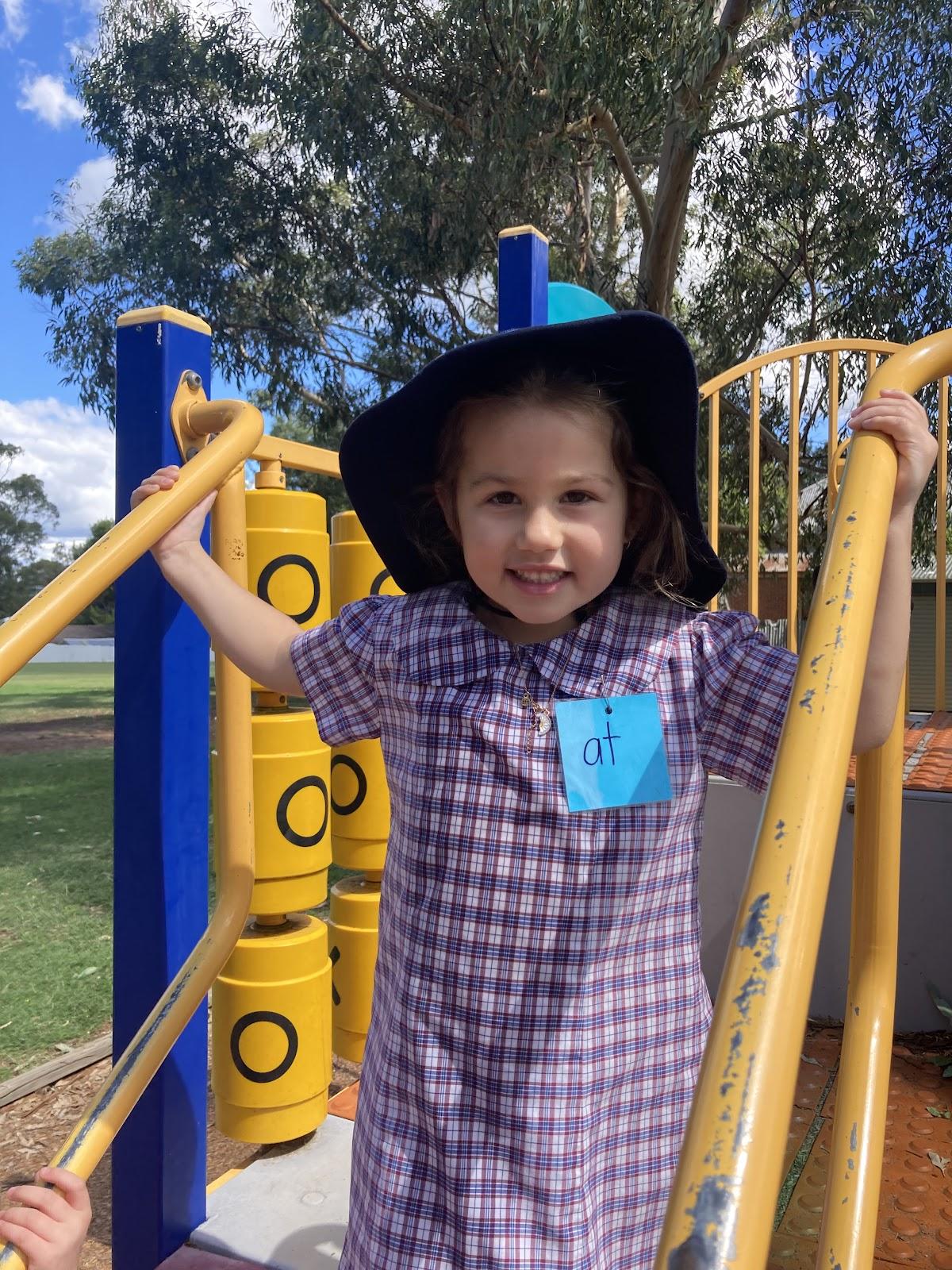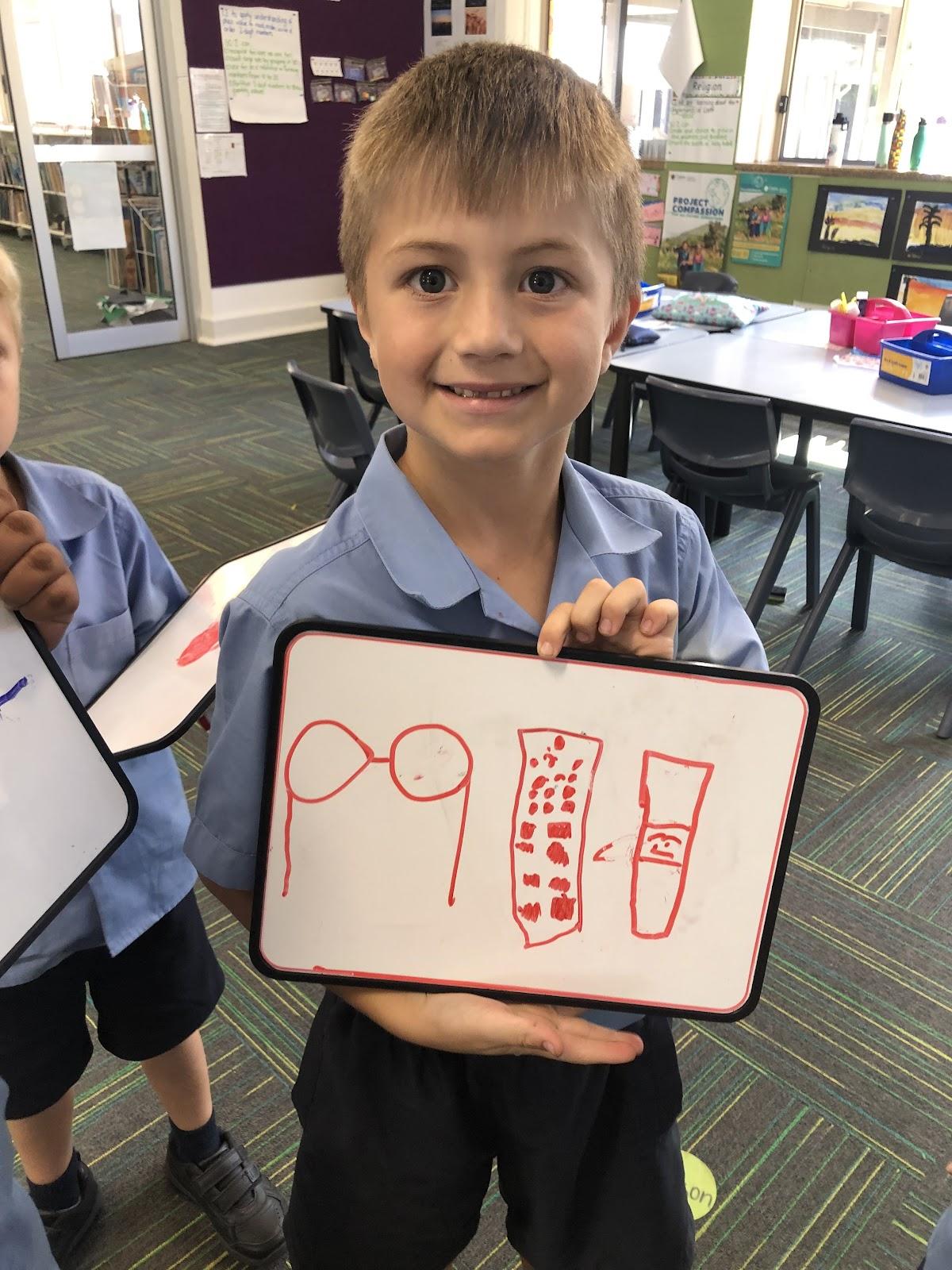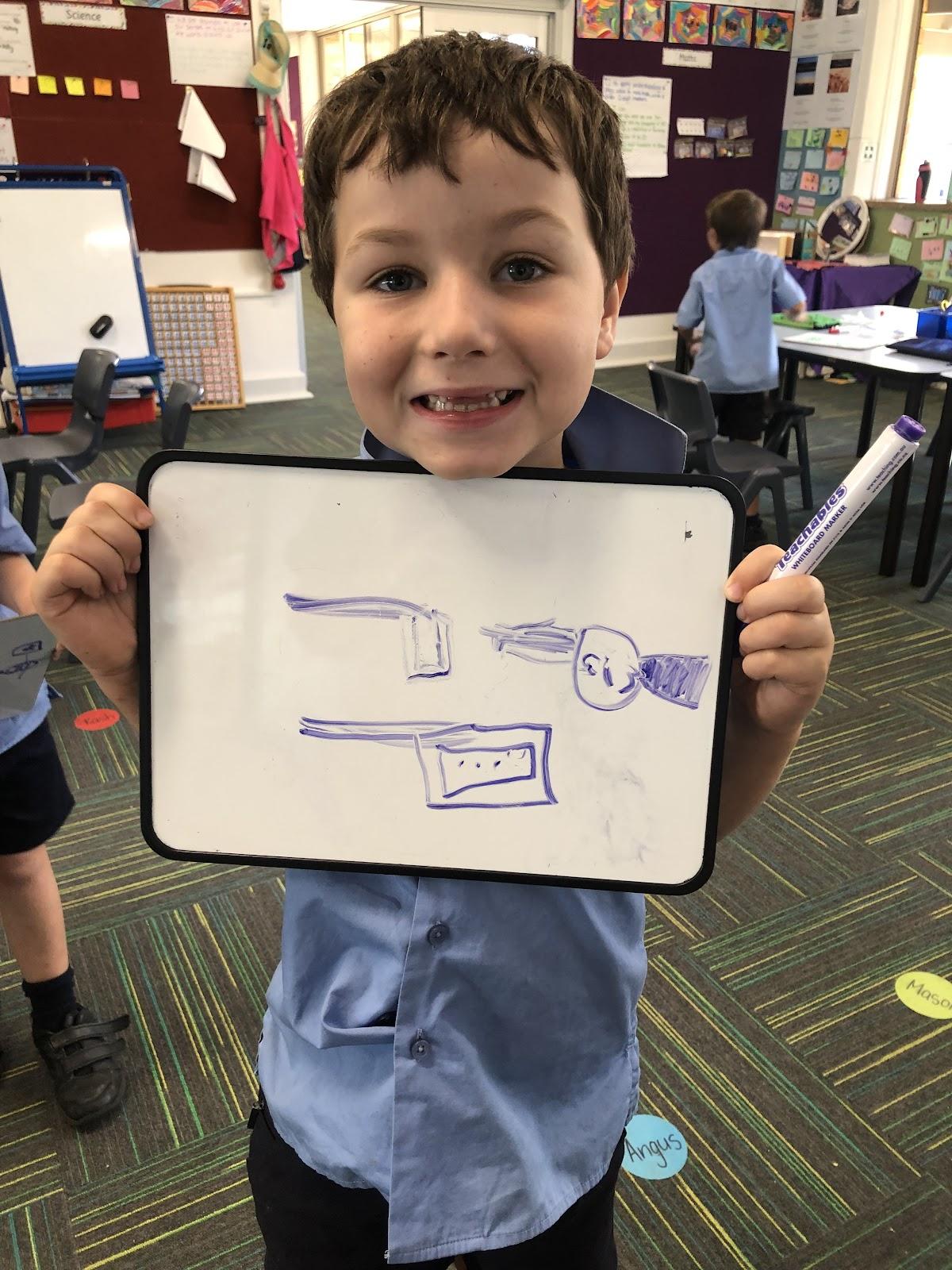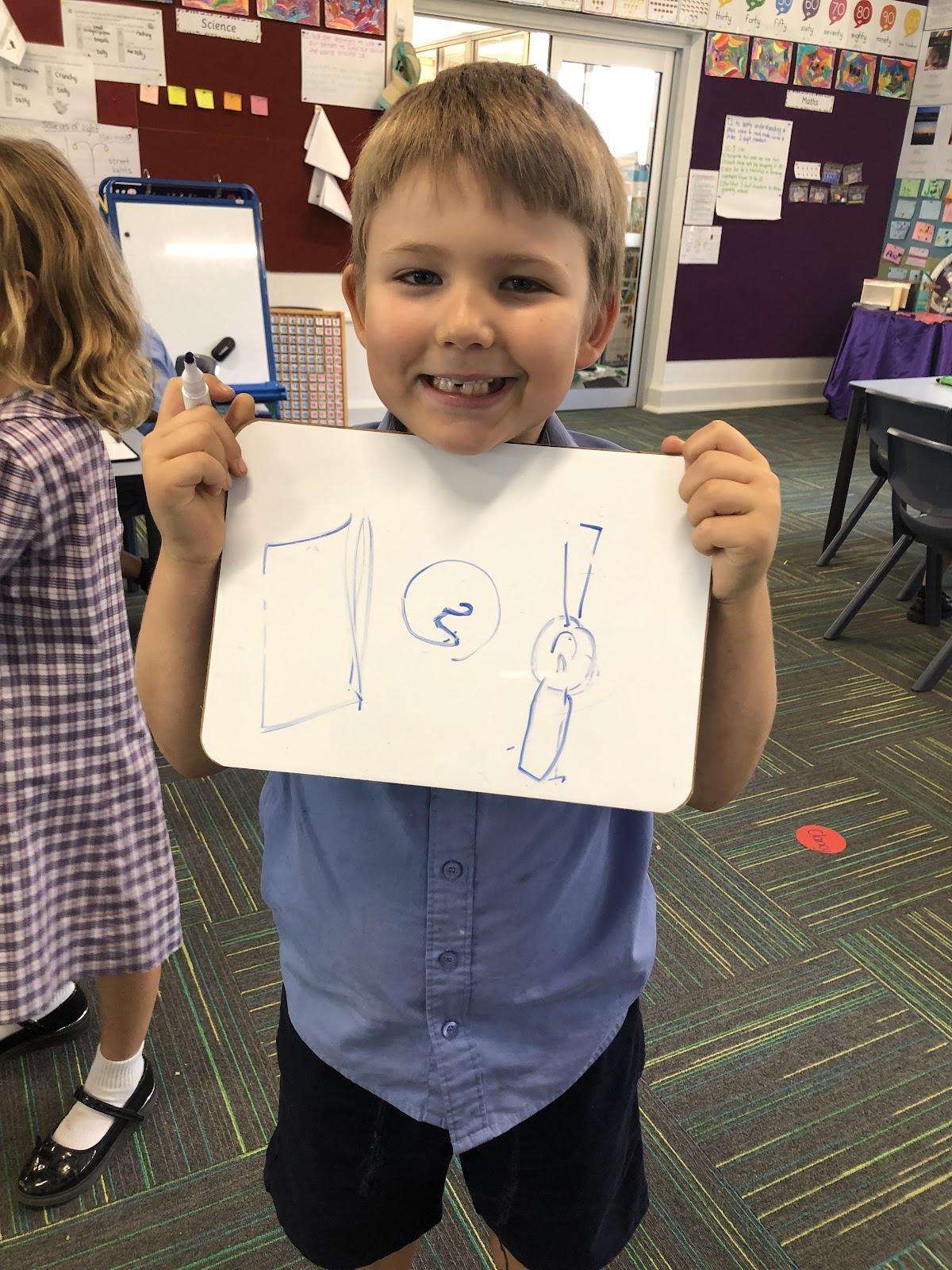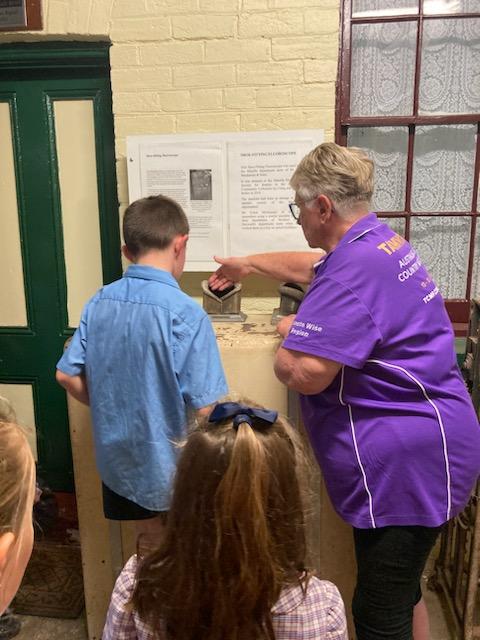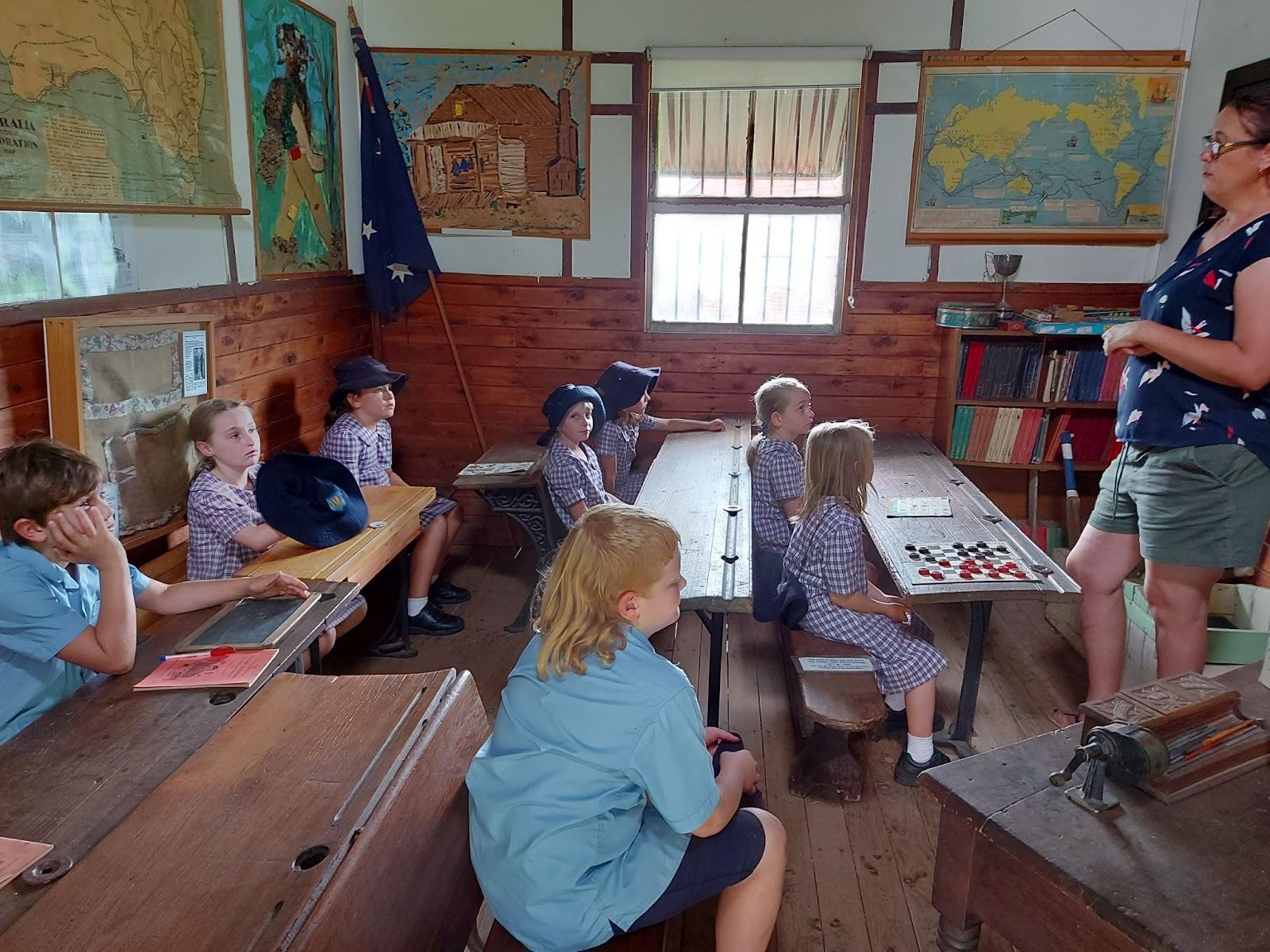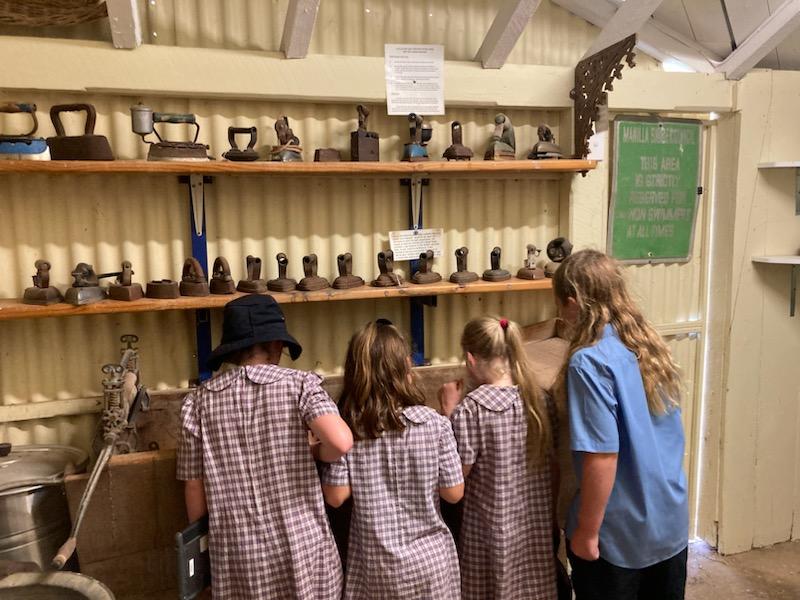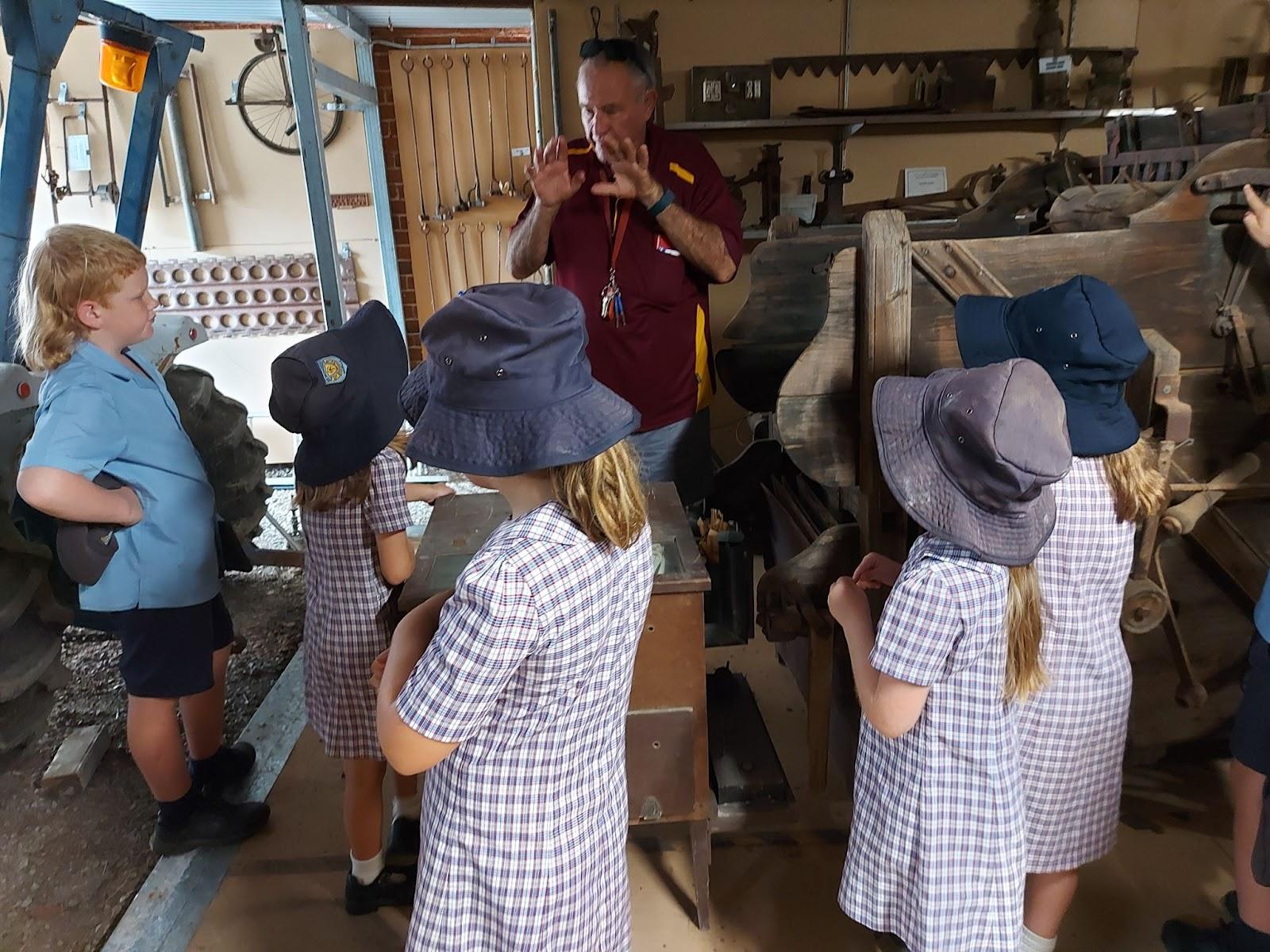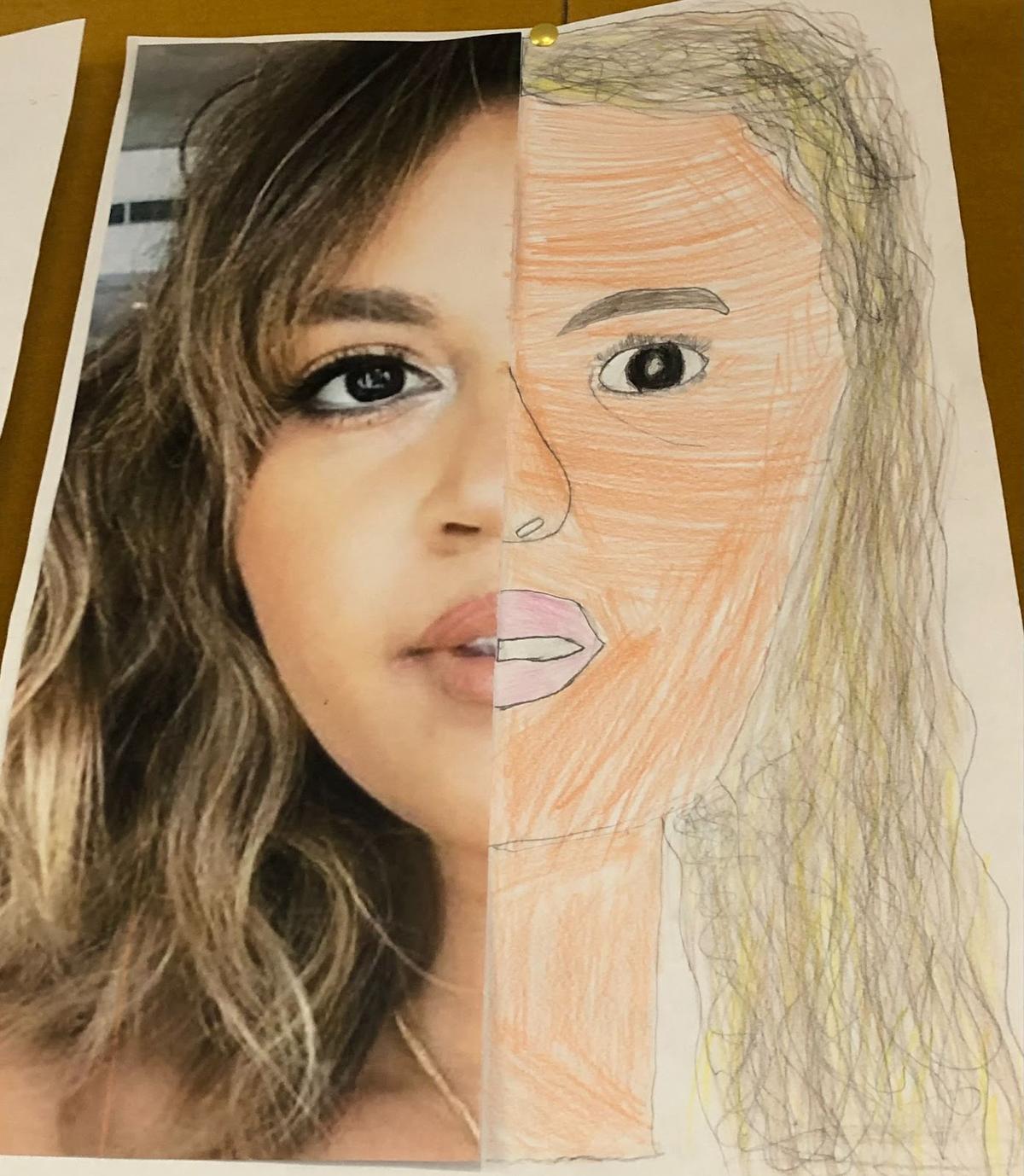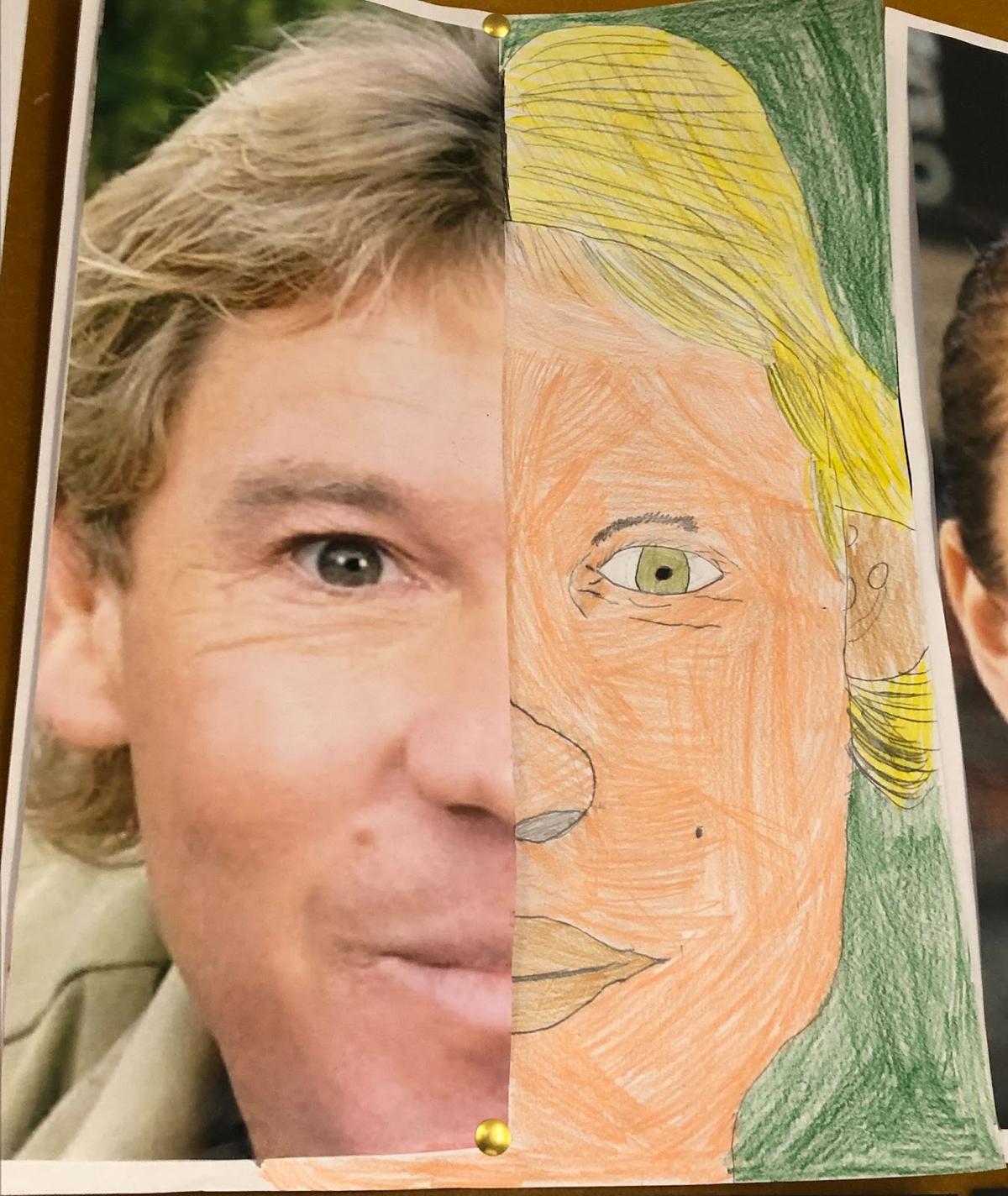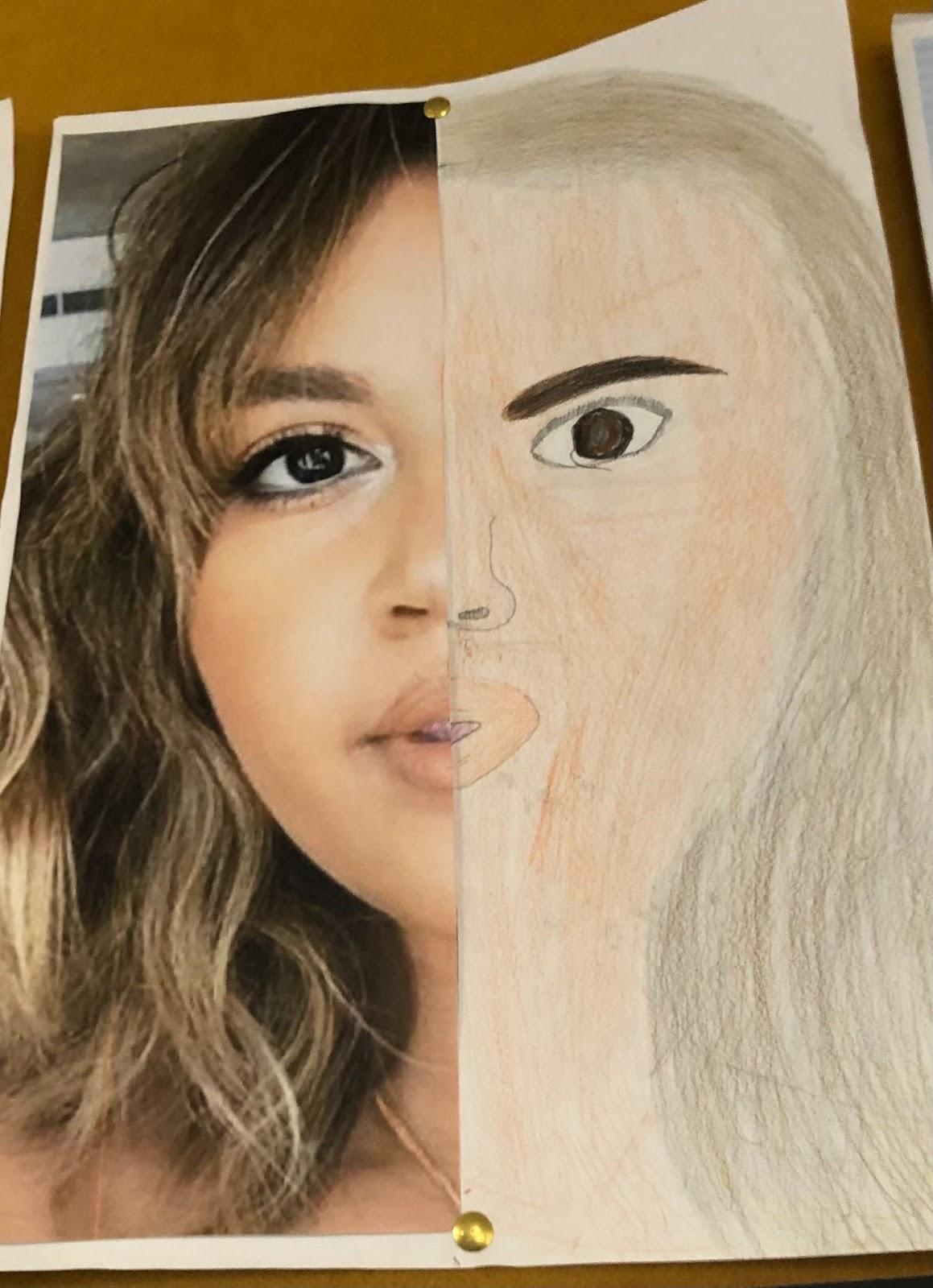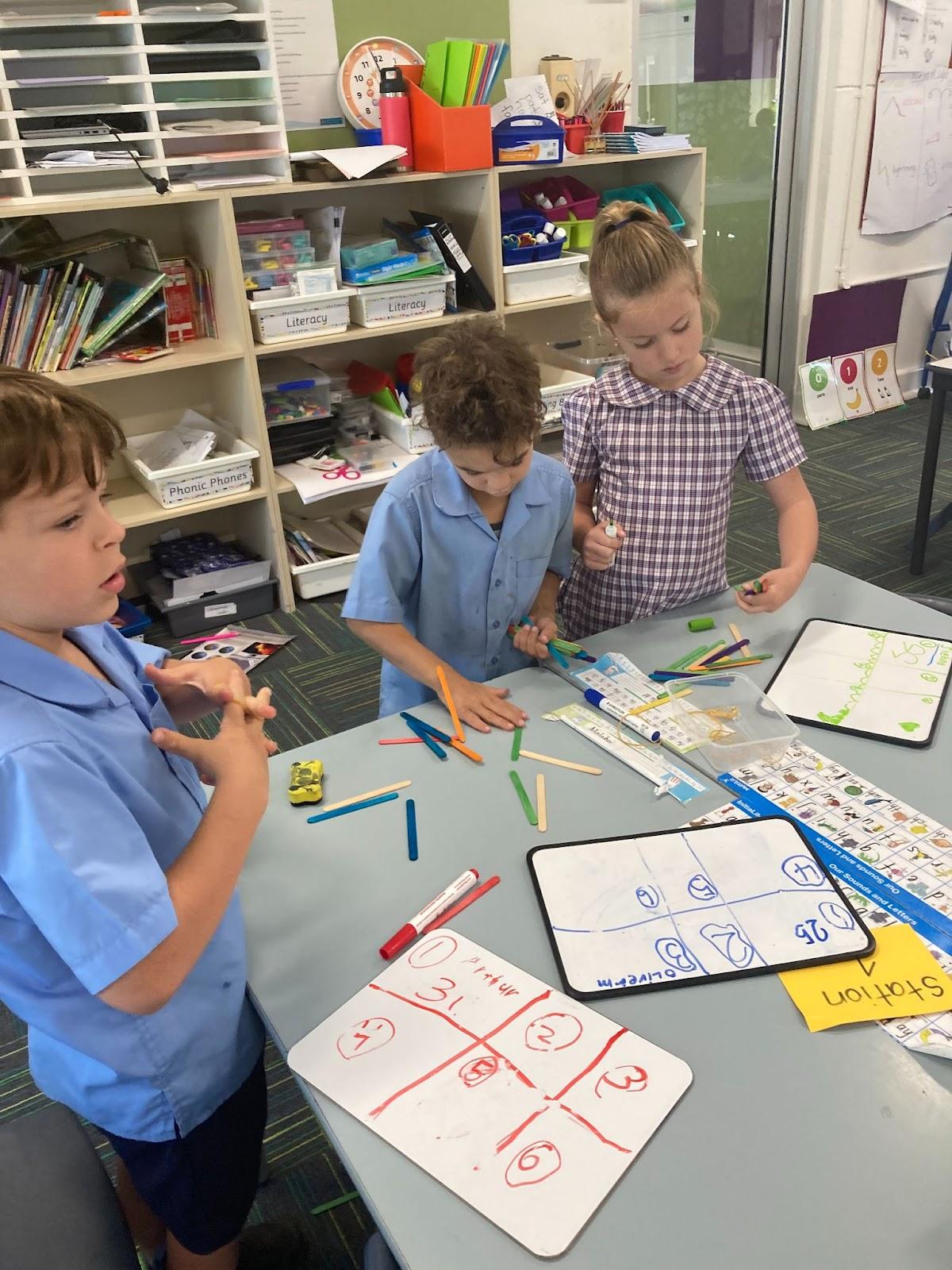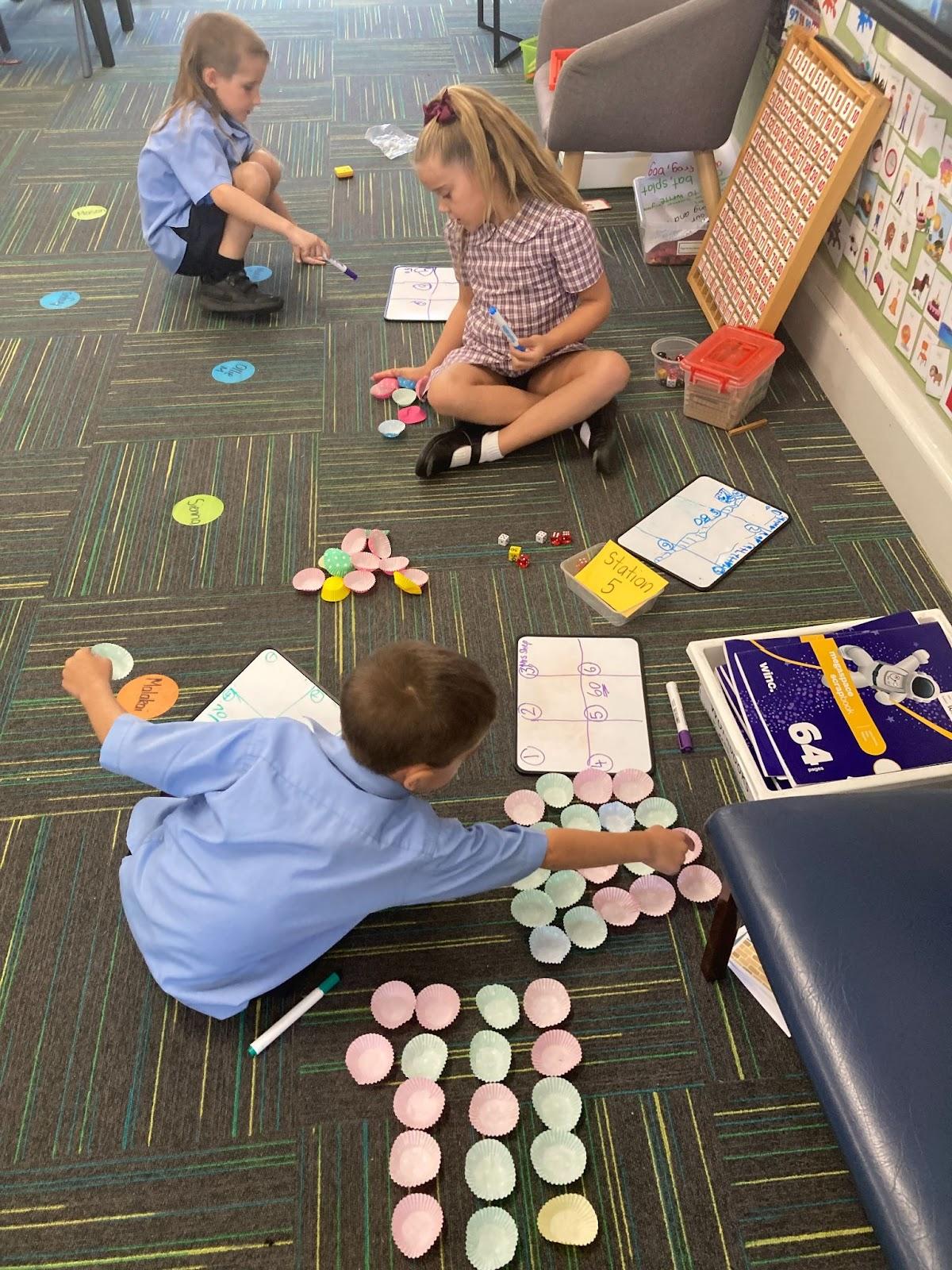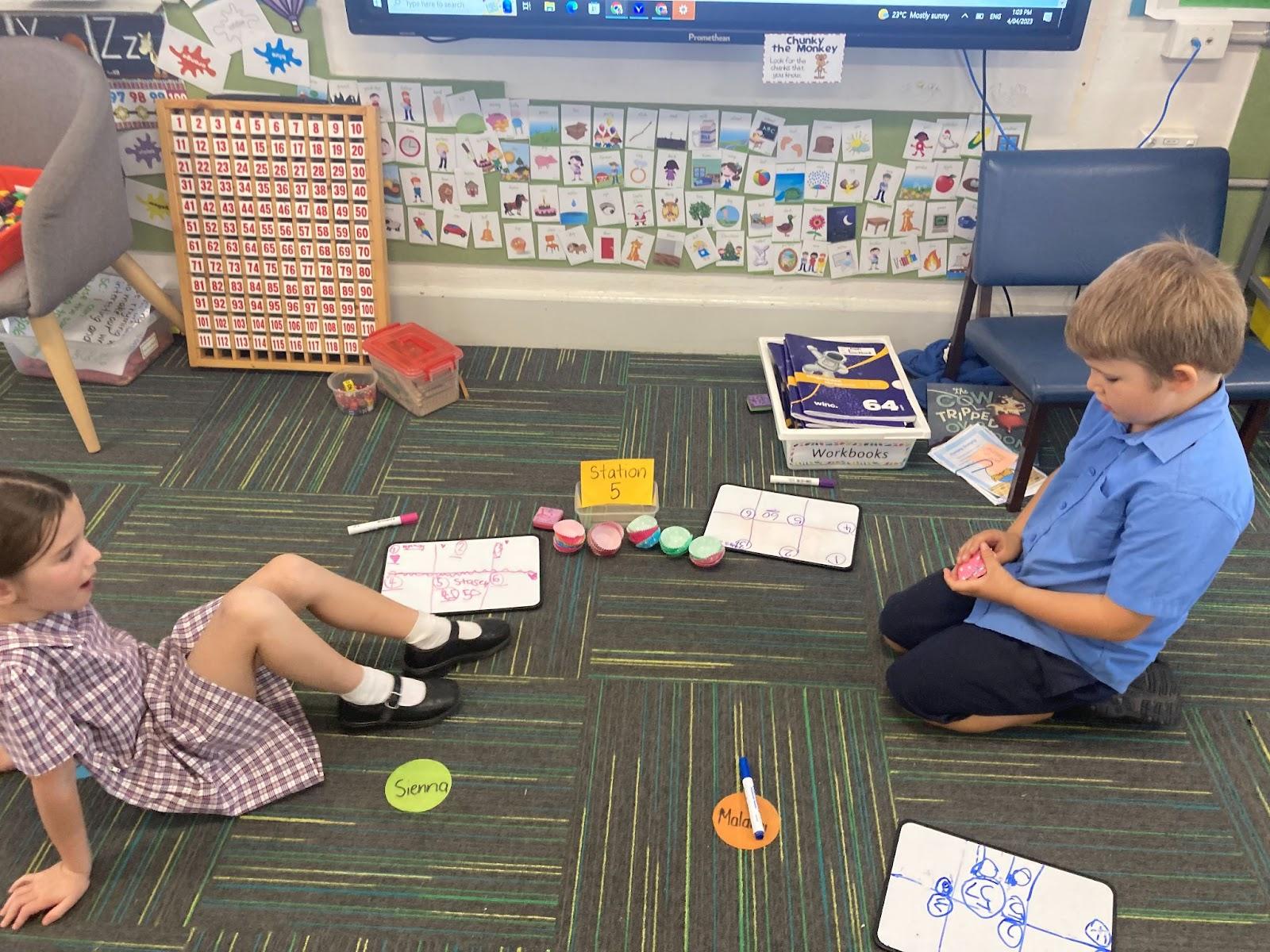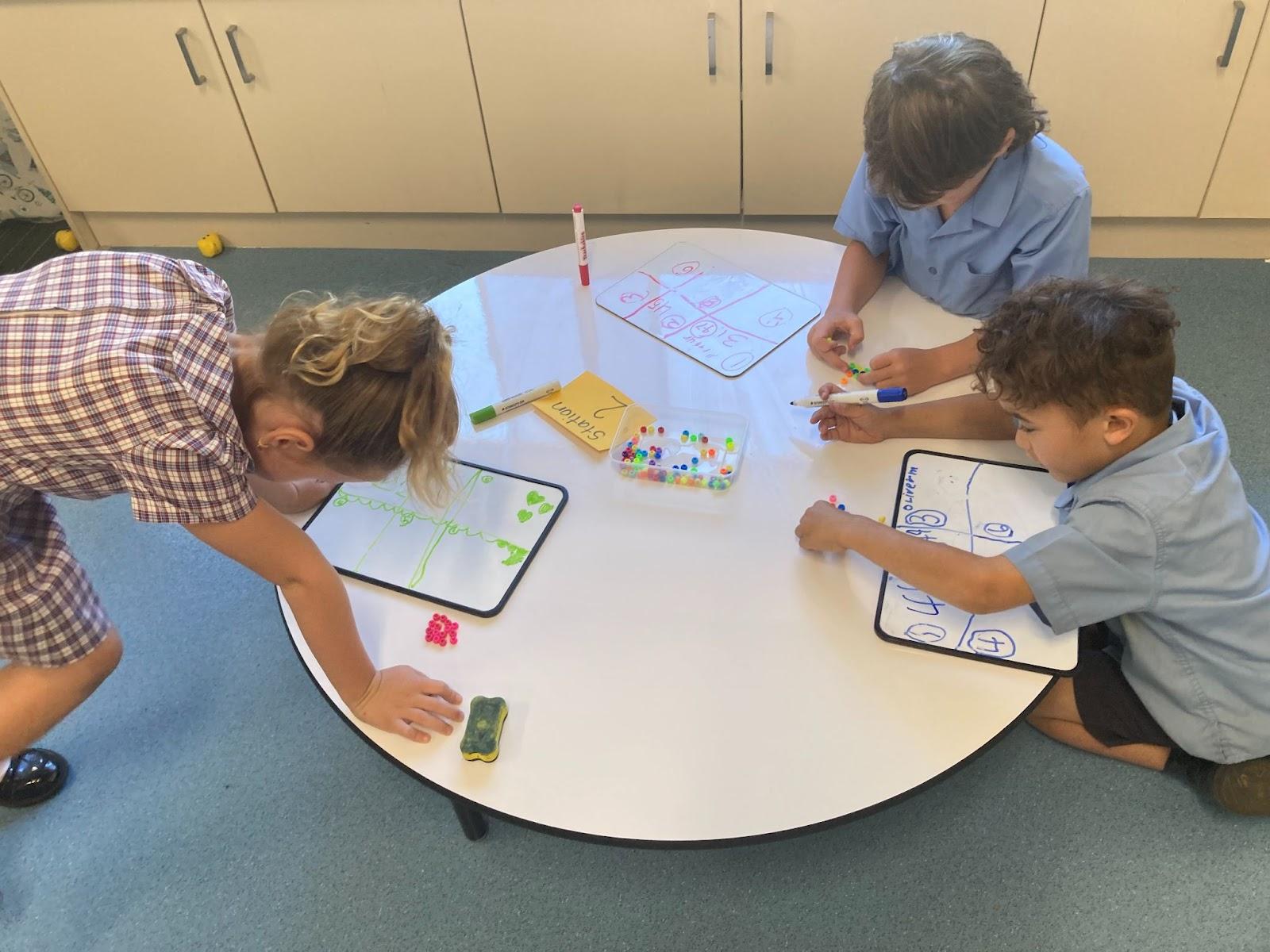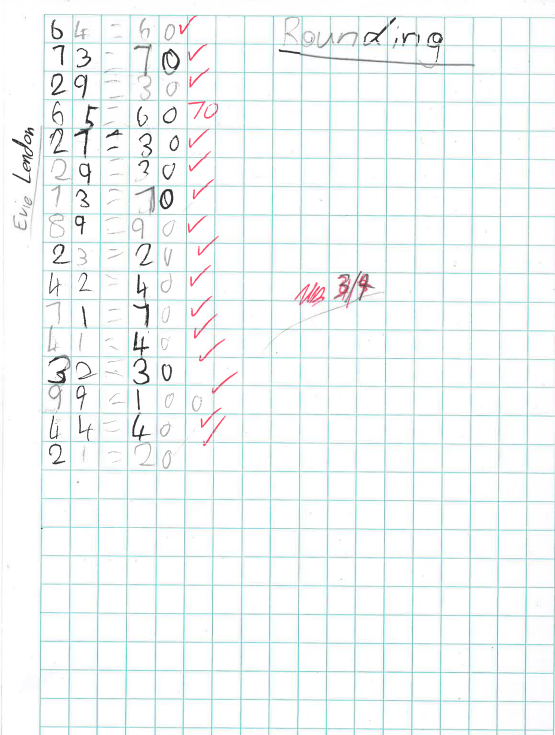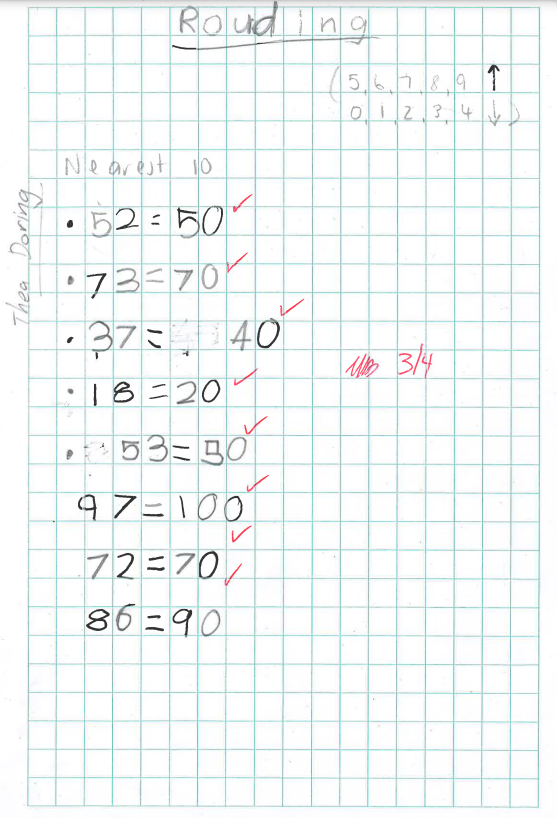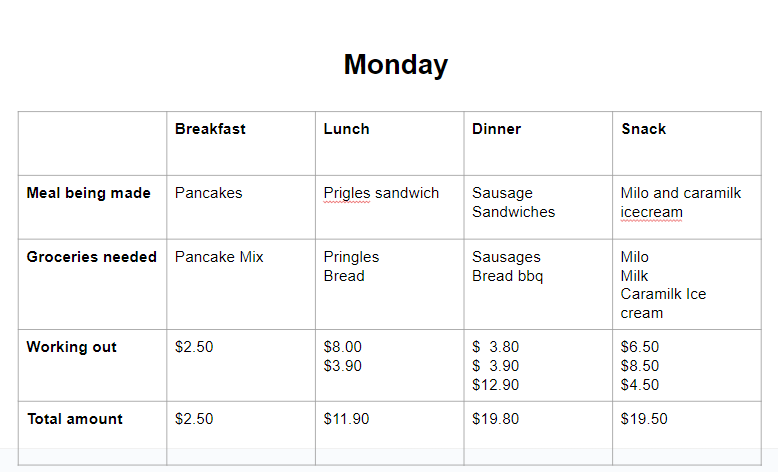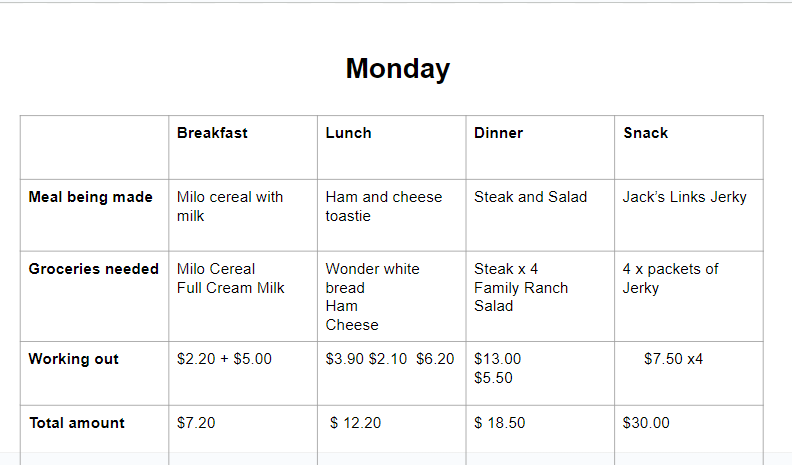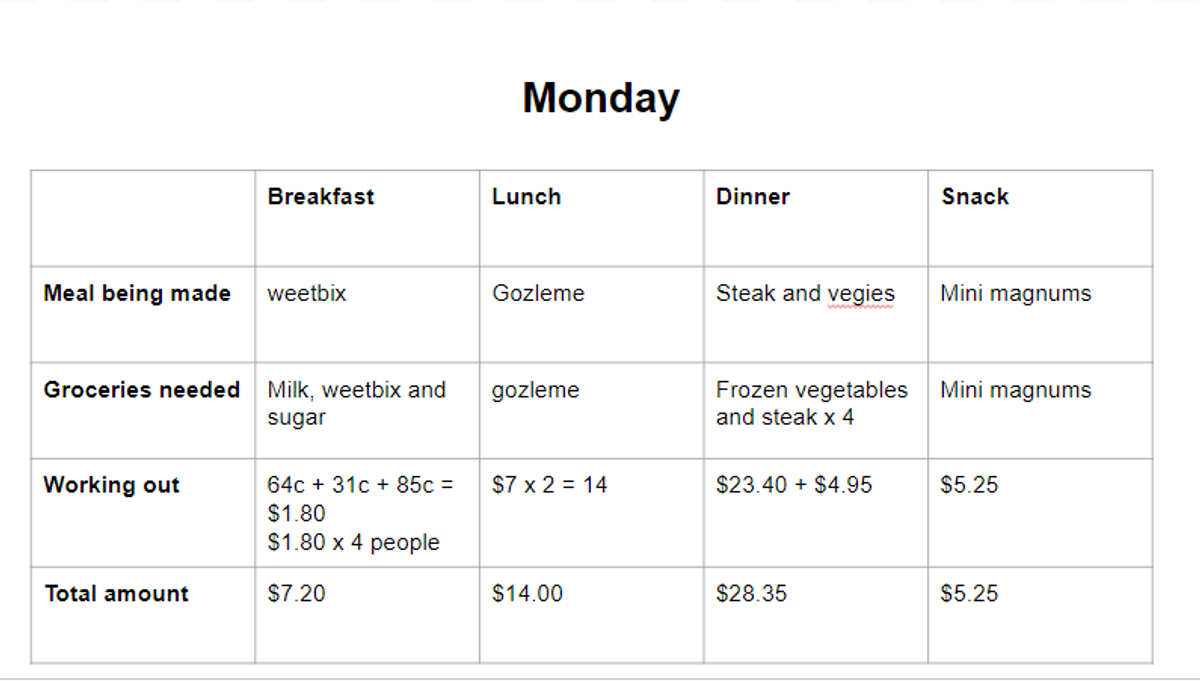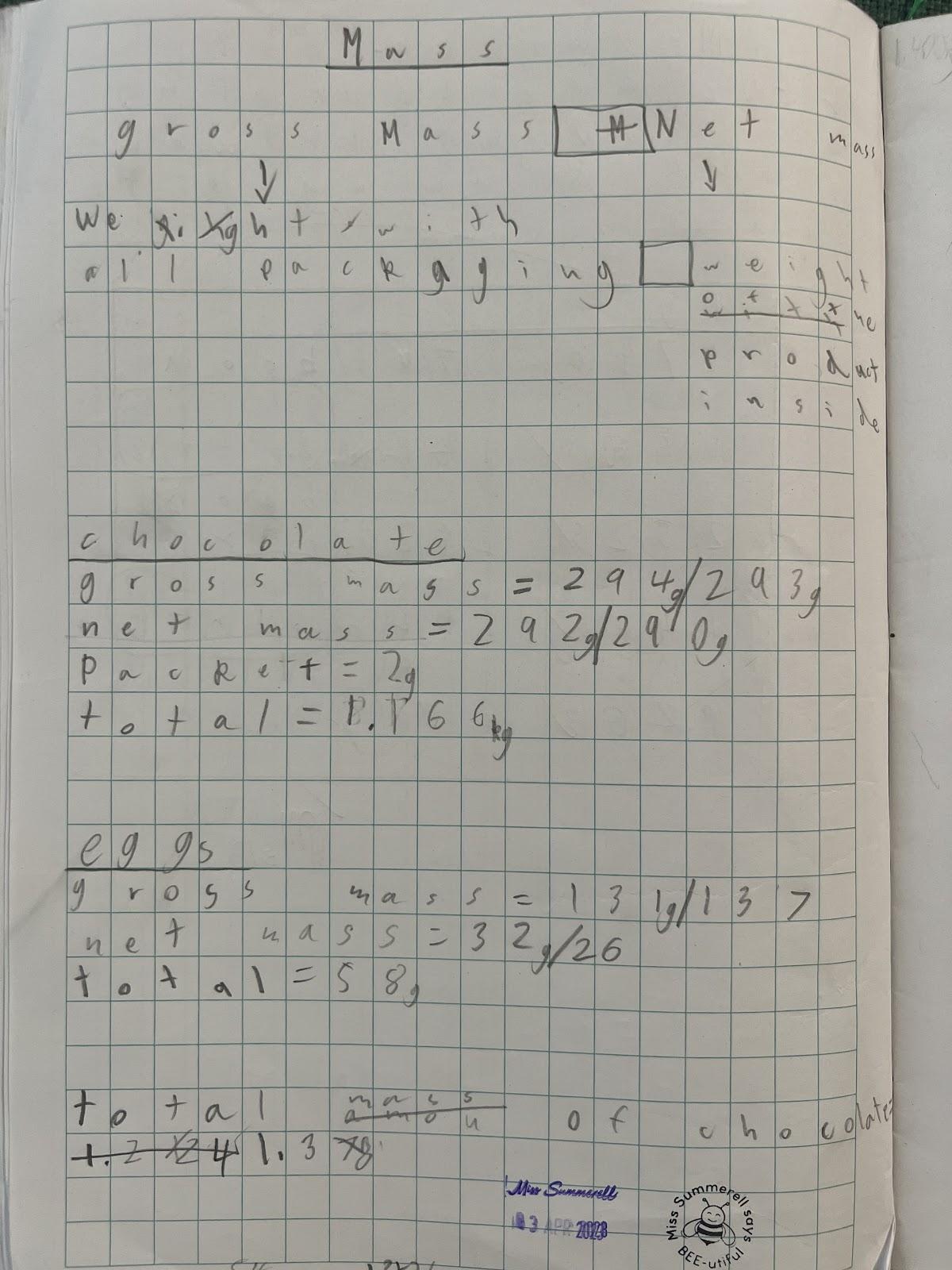Learning News
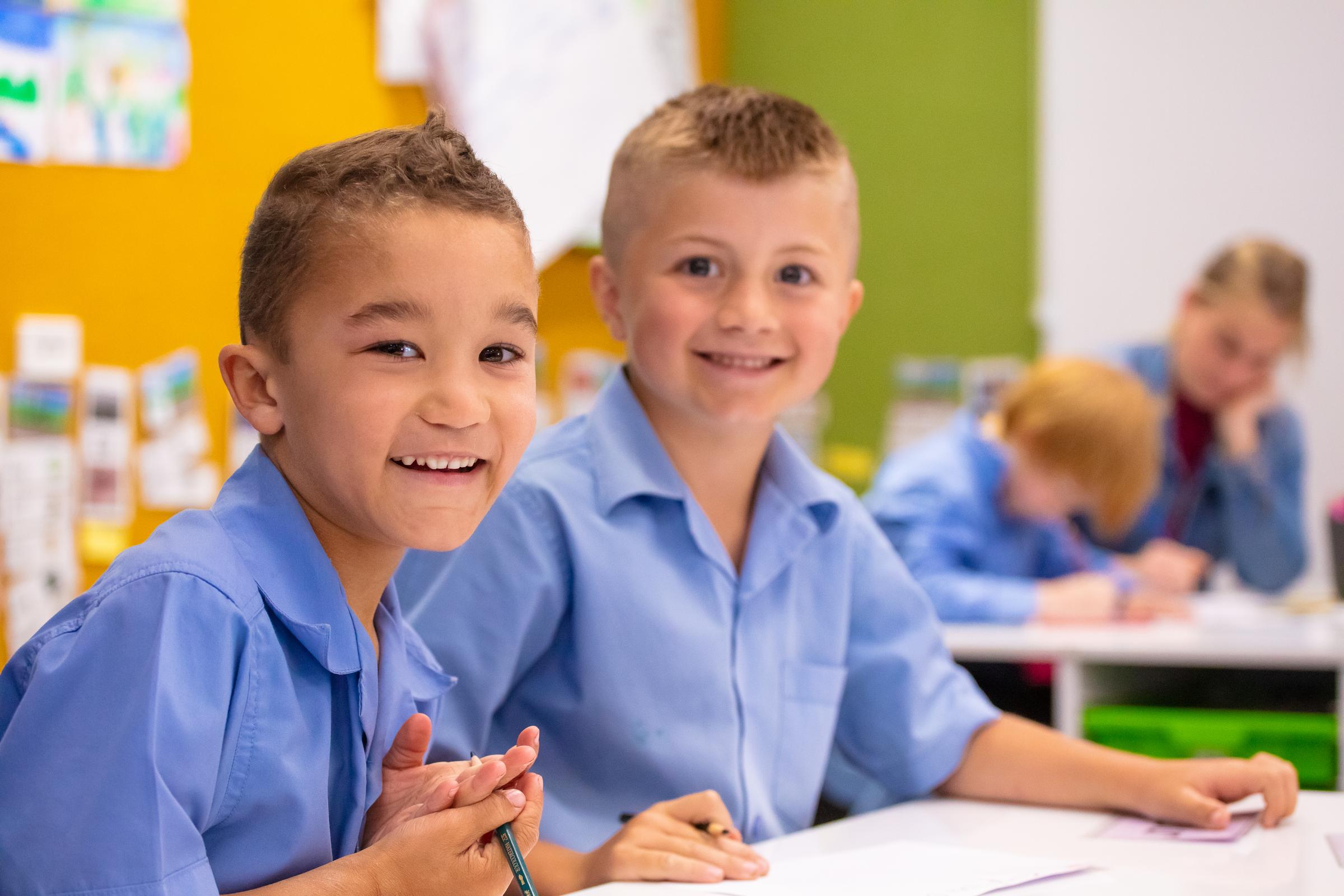
Learning News
With the completion of NAPLAN for years 3 and 5, we have all settled back into our classrooms and our normal learning routine this week. Congratulations to all of the students who sat the exams and did their best, as well as the other students who coped with the changes in our classroom and working in different spaces. Your resilience is to be commended.
The teachers have started reviewing their student’s individual class learning goals and updating them where necessary, ready to hit the ground running for next term. We are starting to add success criteria to these goals, to further support our students in knowing the steps that will help them to achieve their goal. It’s great to see so many of our students achieving their goals in class during Term 1 and thinking about their next steps to move them forward on their learning journey.
Yours in learning,
Mrs Shepherd
Kindergarten
Kindergarten have been working diligently on learning new sounds and sight words. Each day, we complete an activity called 'Sight Word Soldiers' where the children work on learning new words that we frequently read. Students then wear a badge for the day with a sight word written on it to support their memorisation of these words. In reading rotations, we have been working hard on small group reading, letter formation activities and oral language games. Well done Kinder! It has been an exciting term of growth and developing new skills.
Miss Fraser
Year 1
To finish History this term, Year 1 has been looking at the difference between the past and the present. They have learnt that the ‘past’ is something that has already happened and doesn’t happen any more, and that ‘present’ means right now in this year. They have used a calendar to mark special days, filled in a timeline of special events in their life, and have looked at how transport and communication has changed from the past to the present. They were then given a challenge to draw what they think communication devices may look like in the future. Fantastic imagination Year 1!
Miss Myers
William’s future communication devices:
“People won’t have to use their hands. There will be glasses that call people. Phones will have a part to clip on your clothes and blind people can find their phone.”
Angus’ future communication devices: “Technology will have something that attaches to a person’s body. They won’t need to use their hands.”
Clancy’s future communication devices: “Technology won’t have buttons. It will just know what we are thinking”.
Year 2/3
This week Year 2/3 undertook an excursion to the Manilla Heritage Museum. In our History lessons we have been learning about how our families and communities have changed over time. During the tour the students were grouped together to take photos and ideas about items that focused on a specific topic. These topics included: transport, toys, farming, health, education and housekeeping. We would like to thank the volunteers from Manilla Heritage Museum, Mr Maxwell, Mrs Maxwell and Mrs Ellem, for sharing their extensive knowledge with us.
Year 2/3 on their Museum Excursion
Year 4
This week in Creative Arts, the students have been utilising the sketching and drawing skills introduced to them this term. They were given a photograph of half a famous Australian face and were then required to sketch the other half. The students had to focus on making sure they had the facial features in the correct position by following lines of symmetry. The students then completed their portraits by colouring them in using a variety of different shading methods. Well Done Year 4!
Miss McDonald and Miss Maunder.
Numeracy News
Numeracy News
Children need to play and experiment with a variety of materials and objects to measure things with (such as pegs, spoons, books, hand spans etc.), before they can move to using formal units such as metres or centimetres.
• Use modelling dough to roll out two “snakes” of different length. Talk about one snake being “shorter” and the other “longer”.
• Roll two snakes that are the same length from modelling dough. Turn one into a zig-zag or curved snake. Ask your child, Which snake is longer?
• Trace around your child’s hand or foot onto a piece of card and cut it out. Use this to measure the length of things such as a table or his or her bed. Before you measure, encourage your child to guess how many “hands” long the bed is.
• Roll a toy car down a ramp and measure how many car lengths it travelled.
• Walk around objects and talk about how many steps it takes.
• Record your child’s growth on a height chart.
• Compare the height of family members and talk about who is “taller” and “shorter”.
• Use a stick to measure distances between seedlings when planting.
Kindergarten
Kinder have enjoyed learning about length this past fortnight. Students have learned to accurately use words like 'tall', 'short' and 'long' to describe a collection of objects. When measuring, we learned we need to measure an object from the bottom to top or point to point. We started off the unit by measuring our own heights with streamers, ensuring we measured from the tips of our toes to the top of our head. We also compared the length of our own names, discovering that names that had the same amount of letters had the same length. We also enjoyed a variety of great investigation including a school walk, making playdough snakes and block towers. Great measuring Kindergarten! I look forward to another great term of learning in maths.
Year 1
To conclude the Representing Whole Number unit, Year 1 has learned to find and place numbers on a number line. They learned to use number lines with each number marked and a number line with only the decade numbers marked (10, 20, 30, 40 etc.). They then used the number line to order the numbers they were using, and had to find which decade number it was closest to. Year 1 also learned to estimate the number of objects in a collection then had to make groups of 10 to see if they were close to the actual number.
Year 2/3
To finish off our work on Representing Whole-Number Year 2/3 have been using number lines. We have learnt that number lines are a way of representing numbers. We have used these as a tool to order numbers. We also investigated that rounding and looked to round numbers to the nearest 10’s and even 100’s For example find the nearest 10’s of 46=50. Here is some of our fabulous work!
Year 4
This week in Year 4 we have been learning how to create a budget using meal plans for a week. Students were required to use Coles and Woolworths catalogues as well as the online websites to choose ingredients for three meals and a snack per day. The food chosen needed to feed a family of four. They then added up the costs involved for each meal to reach as close as possible to the budget of $200 using google slides to present their daily meal plans for the week. Students are to be commended for their efforts in combining addition, subtraction and multiplication strategies to work out a delicious week of food. Well done Year 4! Miss Maunder and Miss McDonald
Year 5/6
In 5/6, we have been learning to measure mass. This week, we explored gross and net mass in class by using scales to measure items with and without their packaging. Students explored the gross and net mass of chocolate melts and mini Easter eggs, as well as the mass of tin foil trays. This information was then used to solve problems such as the mass of the empty packet, the total net mass of 4 packets of chocolate and the total gross mass of the end product. Finally, the students were able to eat the final result - delicious! Awesome measuring Stage 3! - Miss Summerell & Miss Rasche
